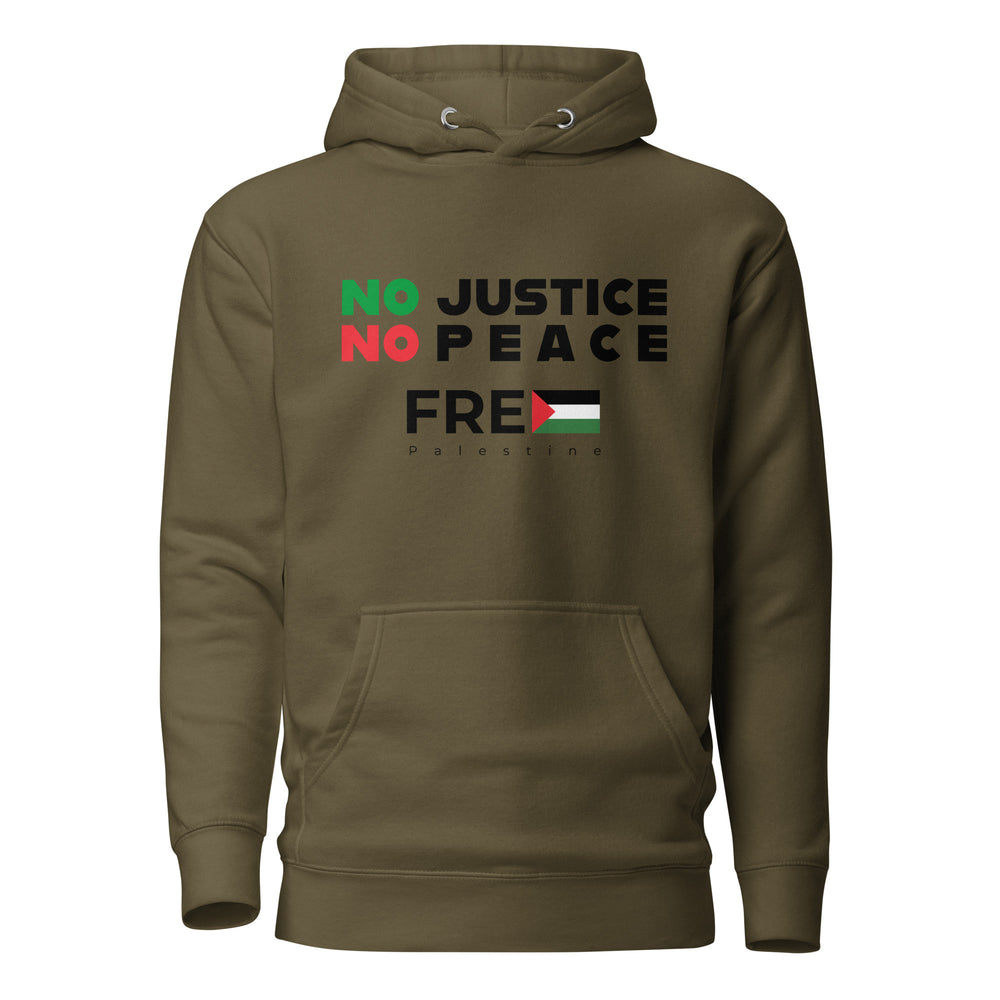The Palestine Fabric of Resistance
Fashion has long been a powerful form of expression, transcending mere trends to reflect the social, political, and cultural currents of the time. In Palestine, fashion is deeply intertwined with the struggle for independence and self-determination, serving as a canvas upon which narratives of resistance, resilience, and identity are painted. This blog post explores how Palestinian fashion serves as a vibrant thread in the fabric of their quest for sovereignty and the ways it articulates their enduring spirit.
The Fabric of Resistance
Palestinian traditional dress, such as the iconic "thobe," is rich in symbols and patterns, each telling a story of the land, history, and the people's connection to it. The embroidery, known as "tatreez," is a craft passed down through generations, a testament to cultural preservation amidst displacement and conflict. These garments are not merely clothing but a statement of existence and resistance. In refugee camps and diasporas, wearing a thobe becomes an act of reaffirming identity and an unspoken pledge to the homeland.
The Language of Patterns
The motifs in Palestinian embroidery are more than decorative elements; they are a language unto themselves, encoding messages of solidarity, grief, and hope. For instance, the cactus or "sabra" pattern symbolizes resilience and attachment to the land, reflecting the Palestinian spirit of steadfastness despite adversity. The olive branch, a universal symbol of peace, is often featured to express the longing for reconciliation and coexistence. Through these patterns, Palestinian fashion narrates the collective memory and aspirations of its people.
Contemporary Threads
In recent years, a new wave of Palestinian designers has emerged, blending traditional craftsmanship with modern aesthetics to make bold statements on global stages. These designers are reimagining Palestinian fashion, using it as a platform to challenge misconceptions, showcase cultural richness, and support the struggle for self-determination. By infusing contemporary designs with traditional motifs, they are creating a dynamic dialogue between the past and the present, highlighting the evolving identity of the Palestinian people.
Fashion as a Form of Protest
Fashion shows and exhibitions within and outside Palestine have become venues for activism, drawing international attention to the Palestinian cause. These events serve as peaceful protests, asserting Palestinian identity and rights through the universal language of art and design. They also offer a glimpse into the diversity and complexity of Palestinian society, countering the often monolithic representations in mainstream media.
Economic Empowerment and Sustainability
Beyond its symbolic significance, the Palestinian fashion industry is a source of economic empowerment for many, particularly women, who play a central role in the production of traditional garments. Supporting local artisans and businesses contributes to the sustainability of the craft and provides livelihoods in a region where economic opportunities are scarce due to the ongoing conflict and blockades.



























